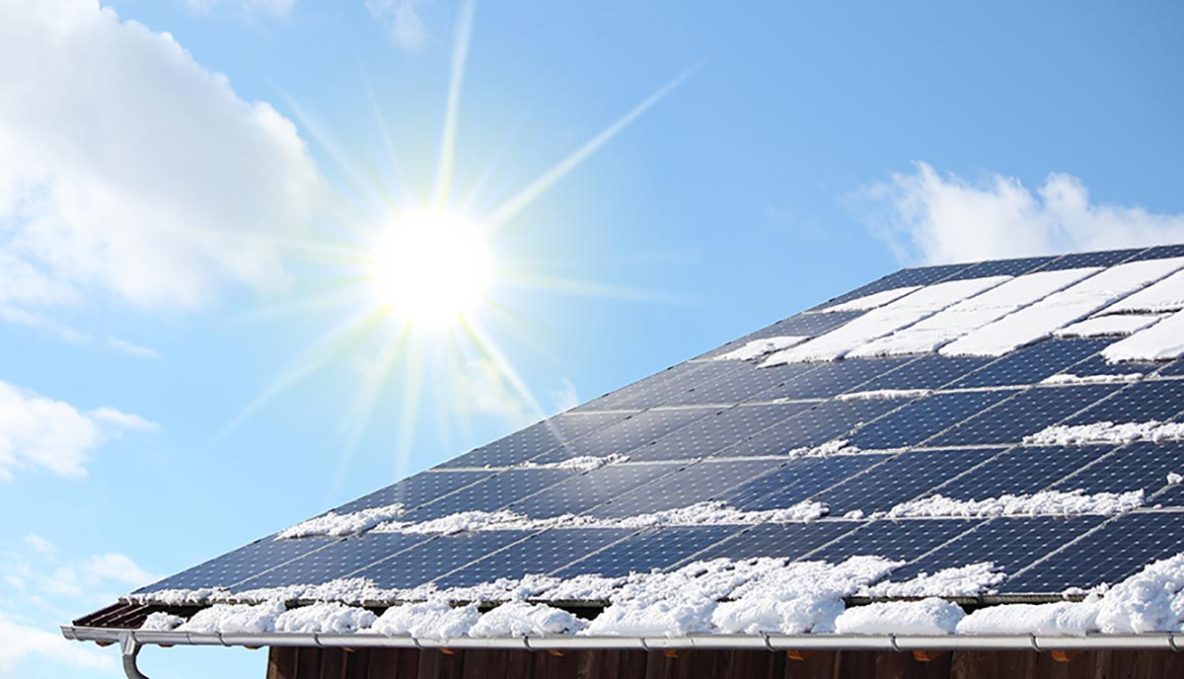
Solar kits in winter - how much do they really produce?
As their name suggests, solar panels need sunshine to produce electricity. But what happens in winter, when even in the sunniest places in southern Europe the sun doesn’t always shine? Do plug & play solar kits still produce enough electricity to lower your power bills?
Solar panels and sunshine in winter
Solar panels generate electricity by converting sunlight with photovoltaic cells. The more sunshine they get, the more they produce. Even if temperatures change, the sun can shine in winter and you can have a cloudy day in summer. It’s the amount of sunlight the solar panels get that determines how much they produce. Therefore in winter production tends to be somewhat lower, but still abundant. What has a bigger impact on solar panel production is the length of the days. With days being shorter in winter, there are simply less sunshine hours on any given day, reducing the production of a solar panel. In the chart below you can see a typical curve of monthly production of a Robinsun Performance 800 kit mounted at 20 degrees on a flat roof or pergola in central Spain. The difference between the lowest production in December (82 kWh) and the highest in August (176 kWh) is a bit more than half. But even in December this kit produces 2,7 kWh/day, covering a big part of the daily power consumption of a household.

If you install your kit on a vertical mount at 90 degrees, for example on your balcony railing, the yearly production is the opposite. As you can see in the graph below, the solar kit produces most in December (106 kWh) and least in June (54 kWh), because the angle at which the sun hits the solar panel has a significant impact on the production of the solar panel.

Solar panels and winter climate
Solar panels need light, not heat to produce electricity. So even if the sun shines on a cold winter day, your panel will produce as long as there are no obstacles on the panel or shade. Actually, as solar panels reach an optimal production level at around 25 C, the summer months are not ideal for solar power production from a temperature aspect, and Southern Europe’s mild climate might give you many winter days with ideal temperatures for solar power production.
If snow falls on your panels in winter, you should remove it to assure the panels produce during the day. Snow does impede the sunlight hitting the solar panels, therefore reducing production drastically.
Rainfall has no impact on the panel, as the rain water doesn’t impede the sunlight hitting your panels.
Solar panels are generally made to resist extreme weather conditions, both very high and very low temperatures, and also resist snowfall, heavy rain and hail impact.


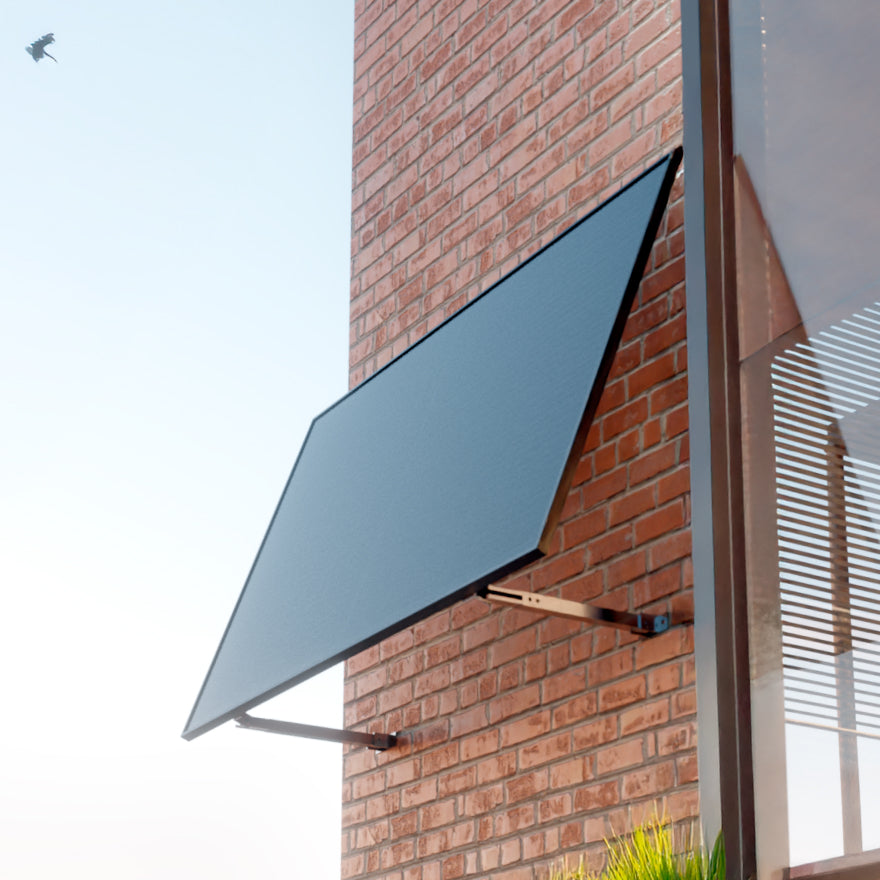
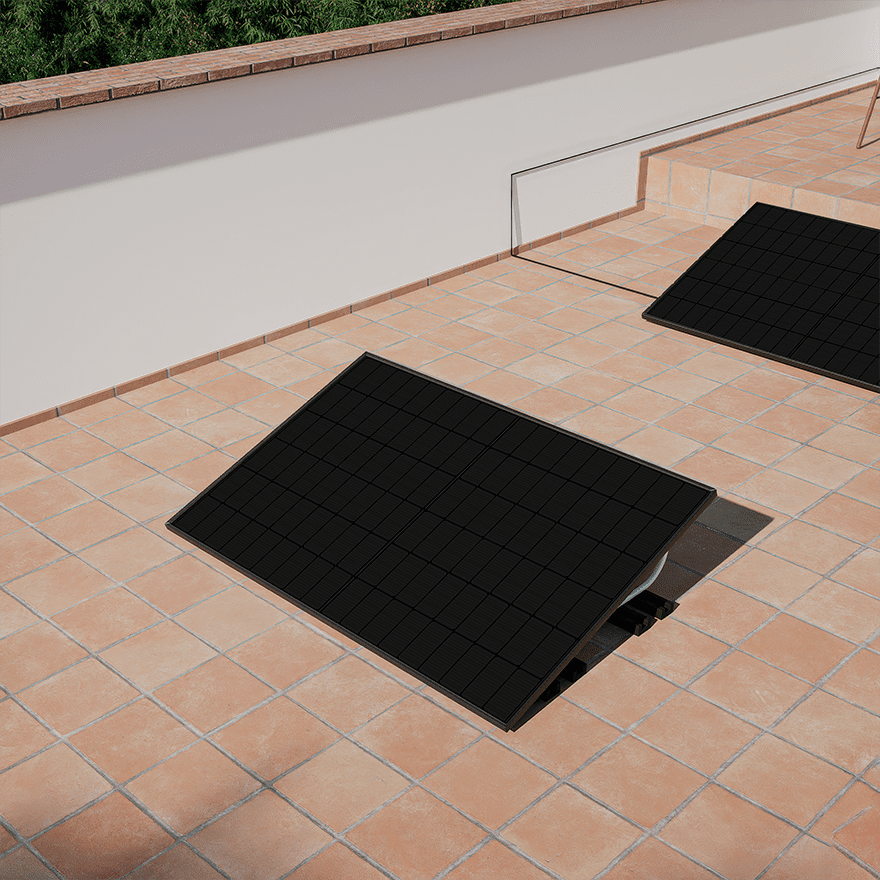
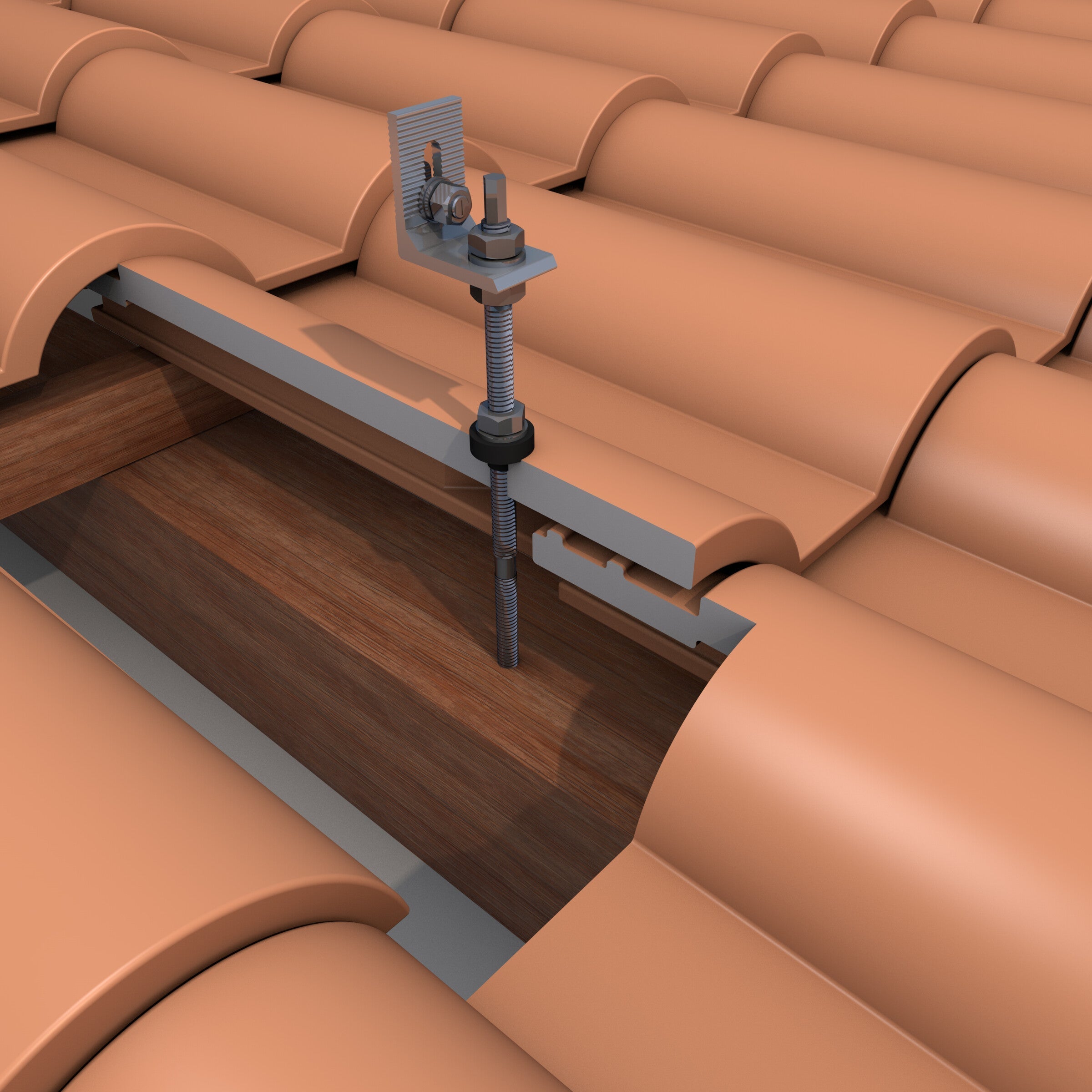
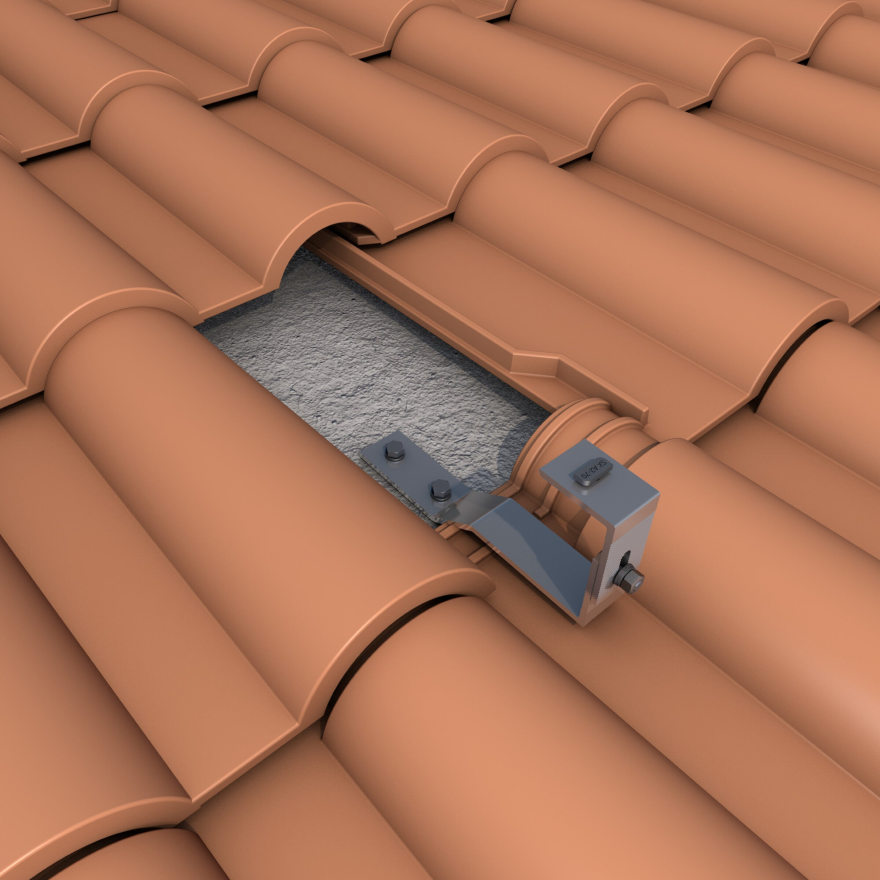
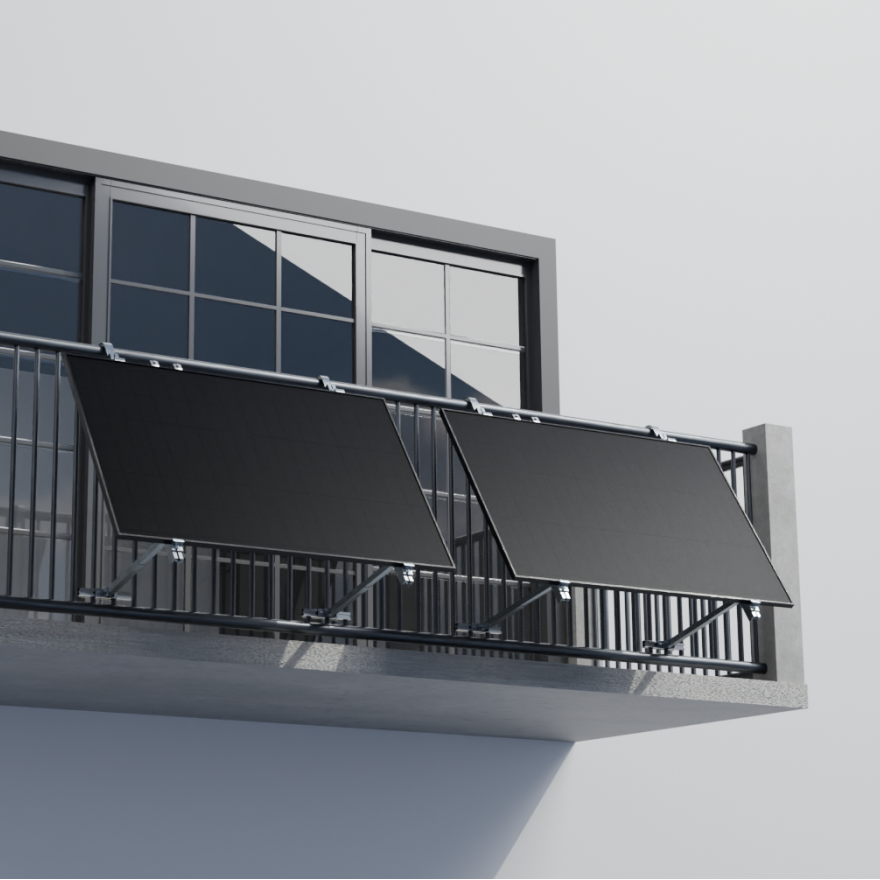
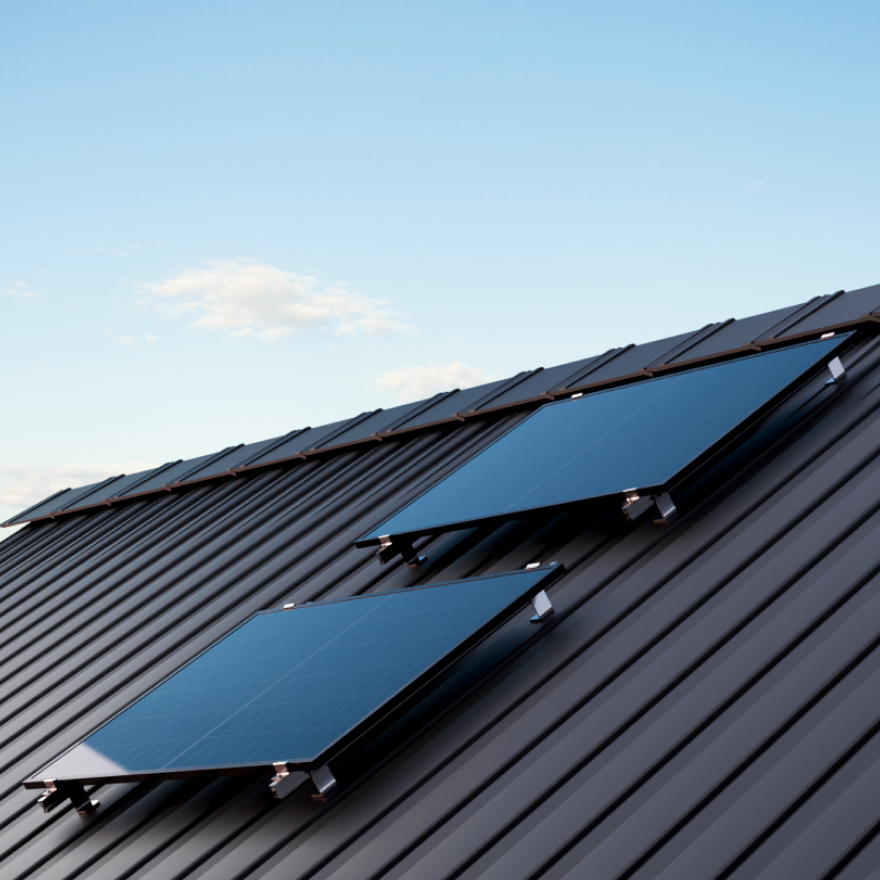
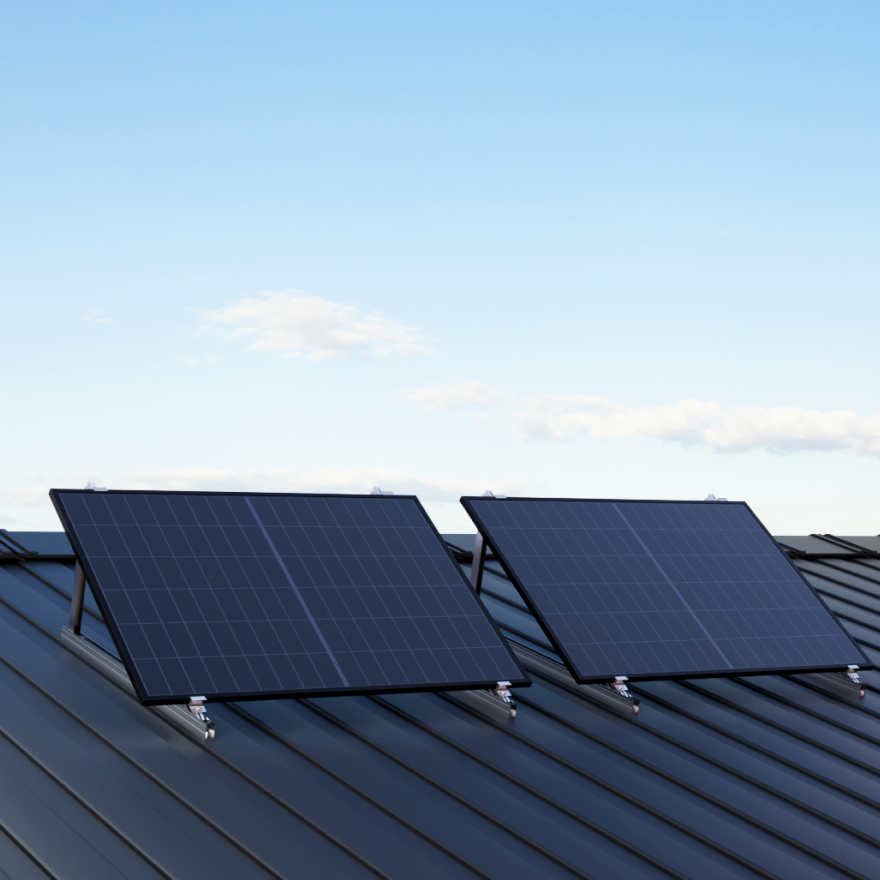
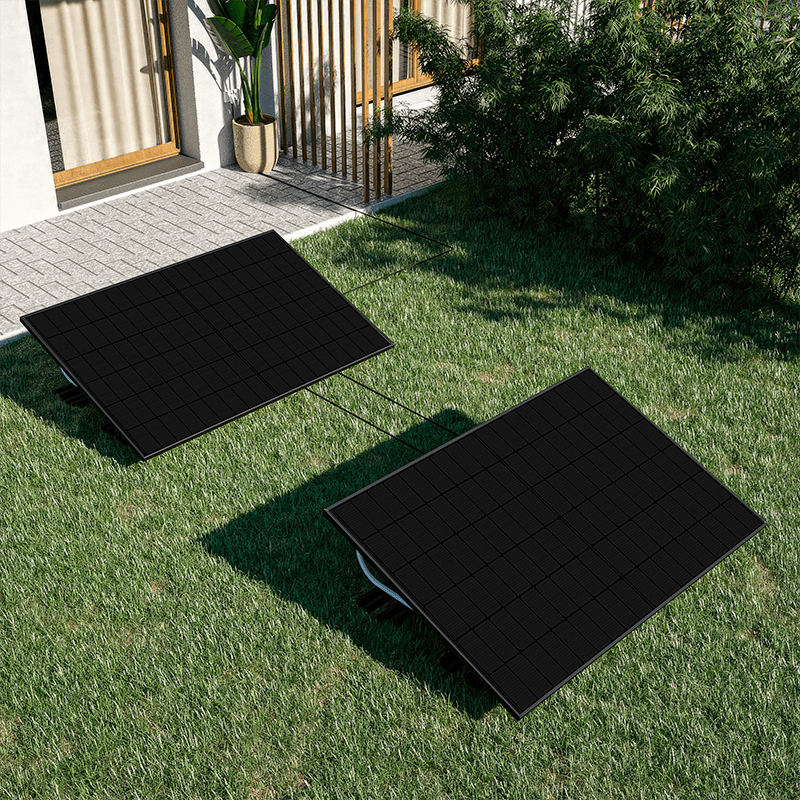
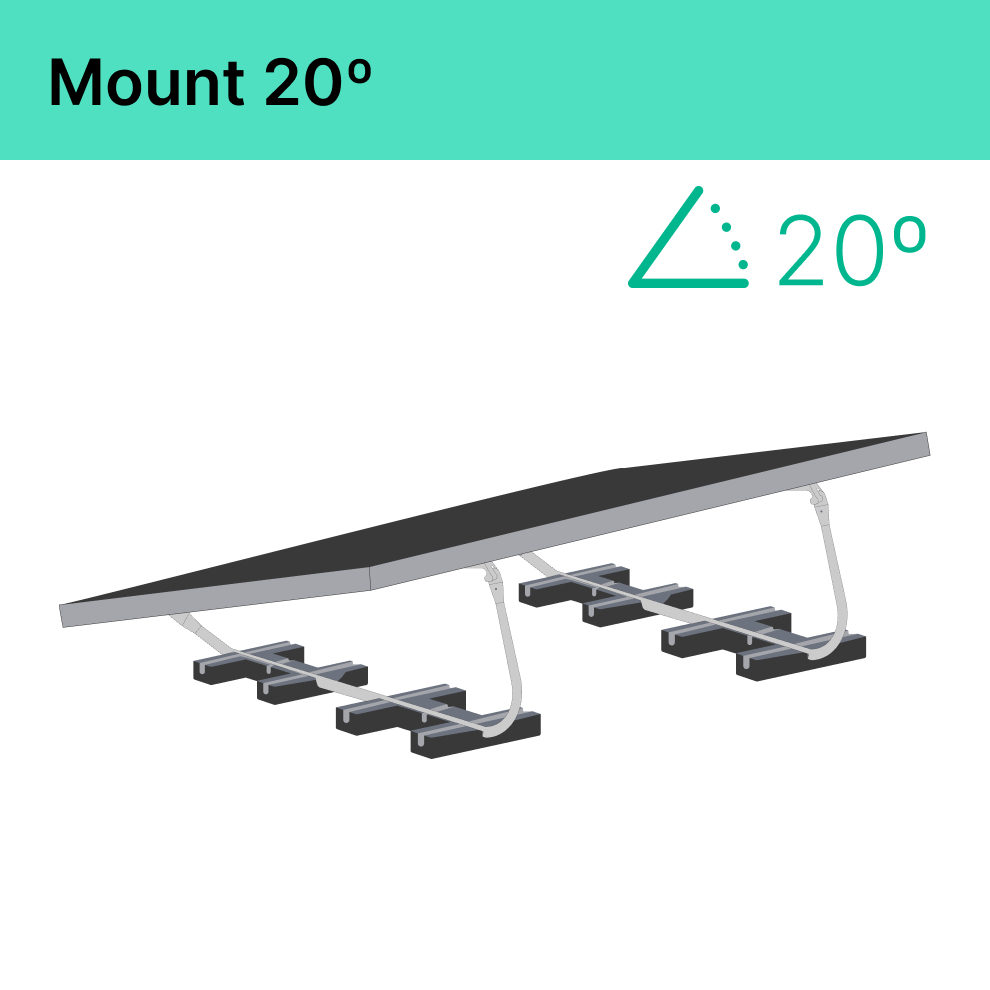
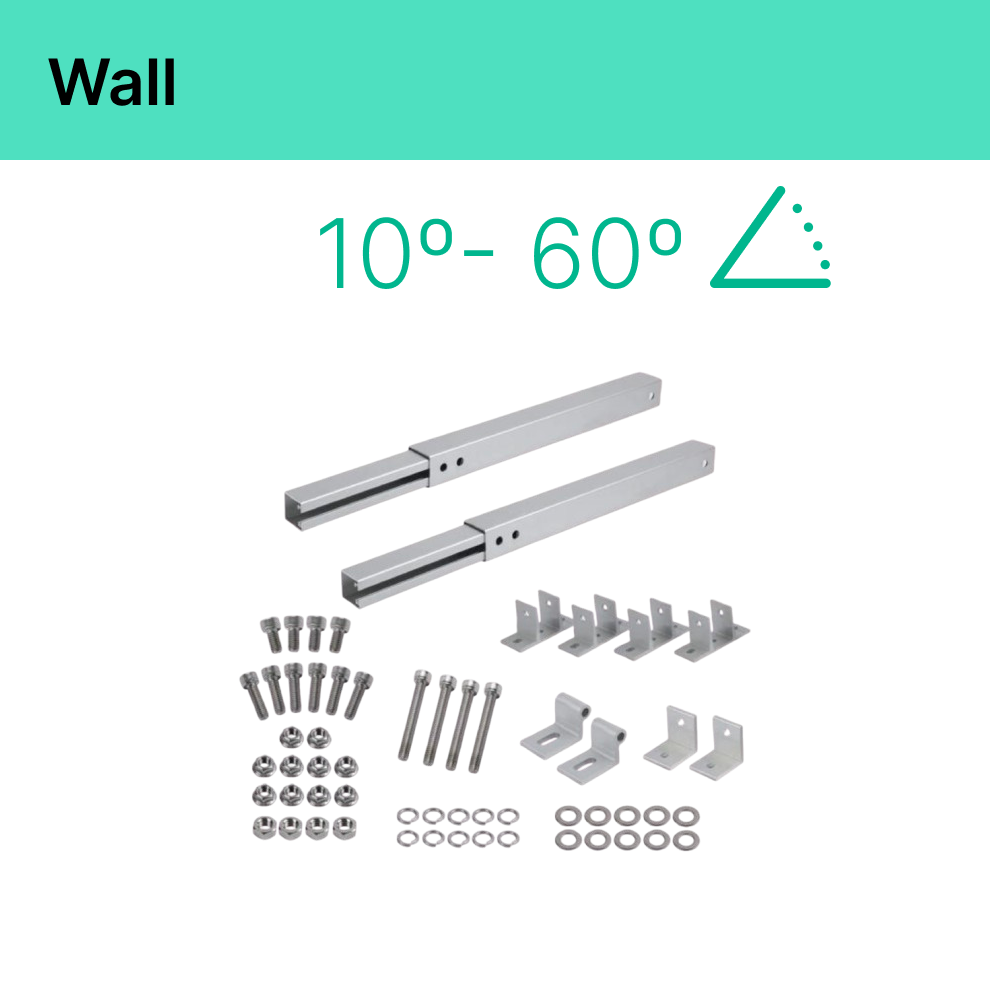
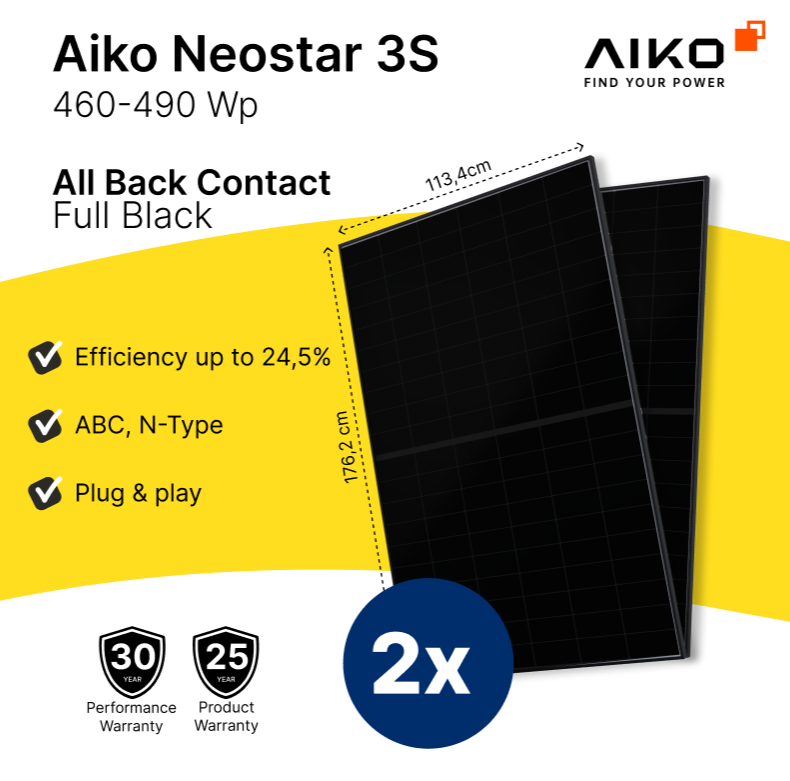
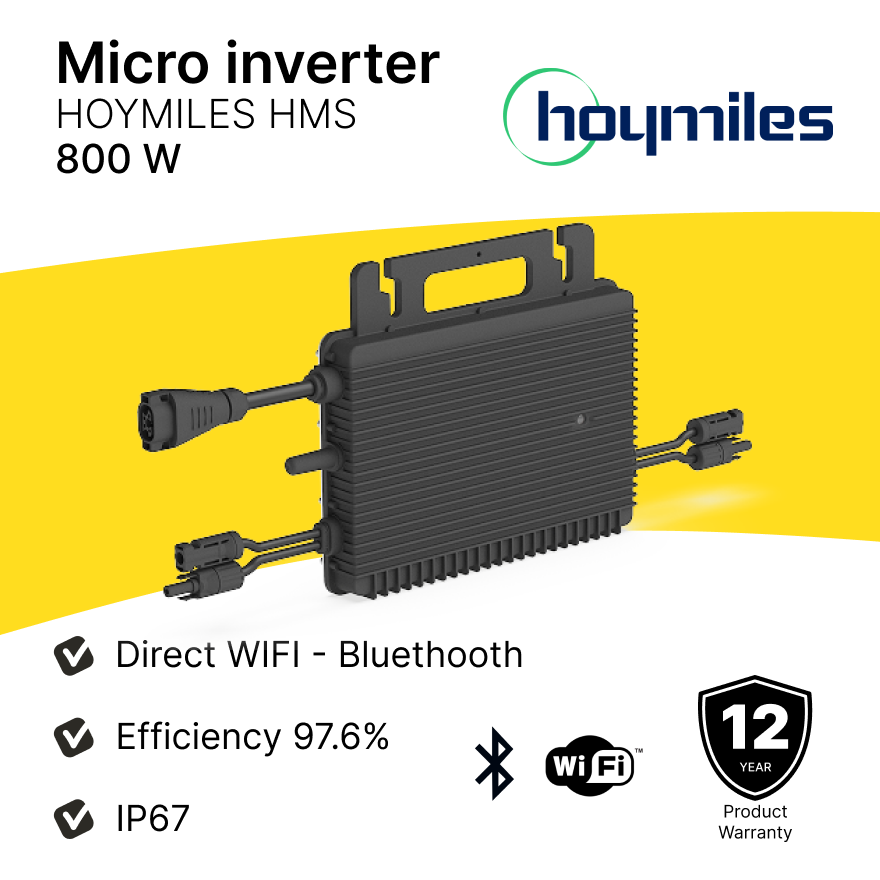
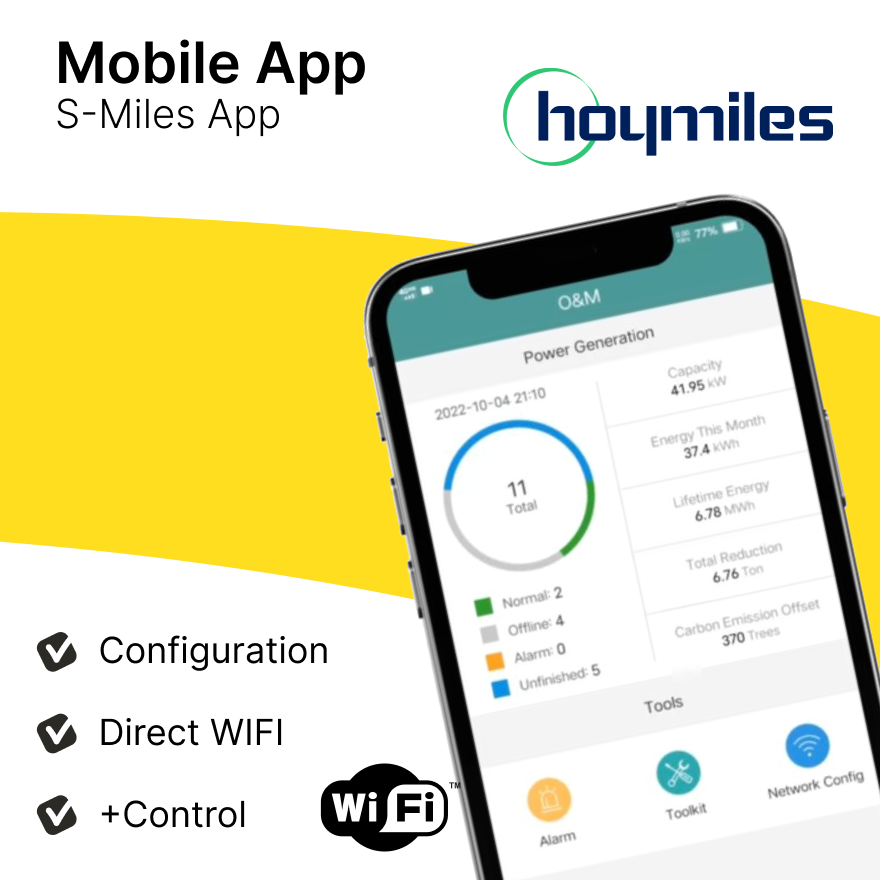
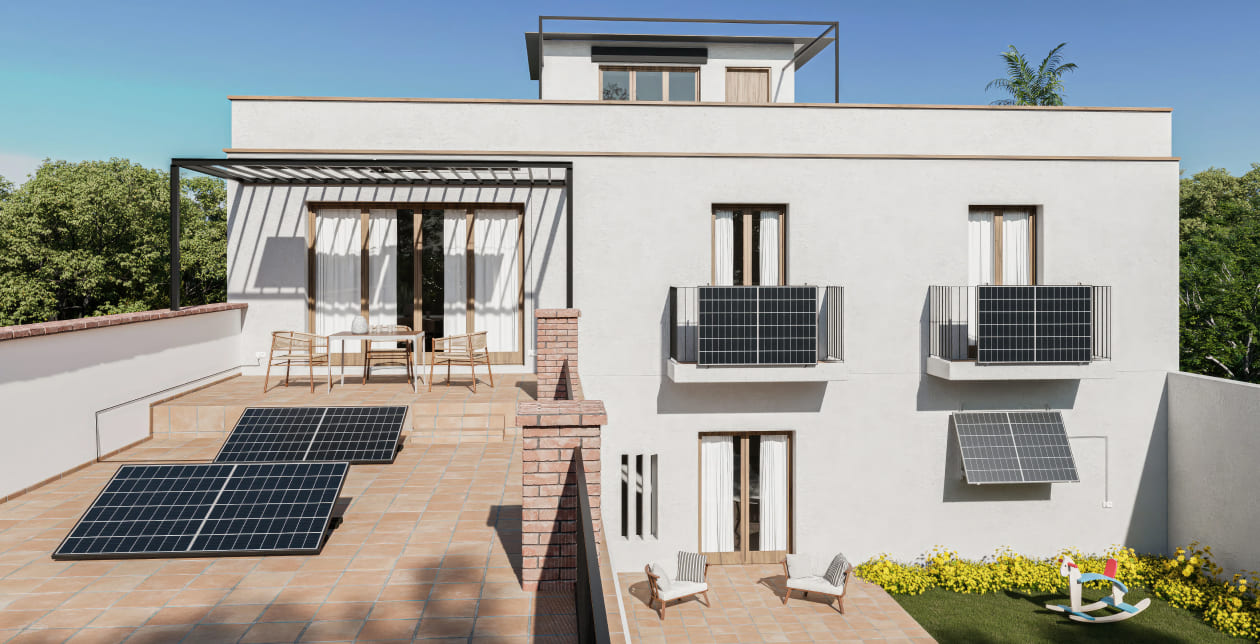
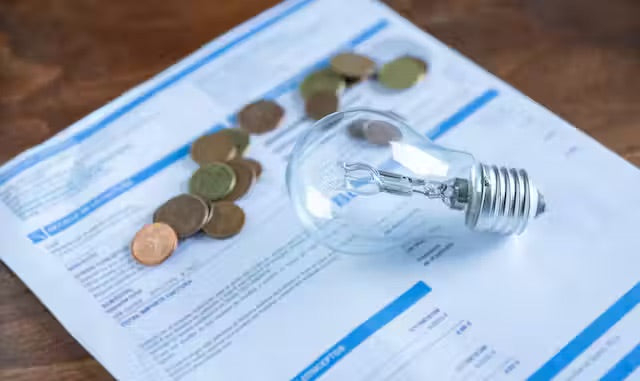
Leave a comment
This site is protected by hCaptcha and the hCaptcha Privacy Policy and Terms of Service apply.